

Quick commerce, or Q-commerce, represents a rapidly evolving sector of retail where consumers receive products—such as groceries, electronics, and essentials—delivered to their doorsteps in under an hour. This model departs sharply from traditional e-commerce’s standard delivery windows, focusing instead on speed, hyper-local fulfillment, and digital convenience. Q-commerce leverages mobile apps, micro-fulfillment centers, and real-time logistics to satisfy today’s demand for instant gratification.
Unlike standard online shopping, Q-commerce companies compete primarily on their ability to fulfill small-basket orders at lightning speed, often within 10–30 minutes. Powered by technology and data, these platforms target urban zones where density and digital adoption make fast delivery sustainable. The most successful innovators orchestrate networks of couriers, smart inventory allocation, and local partnerships to make such rapid service possible.
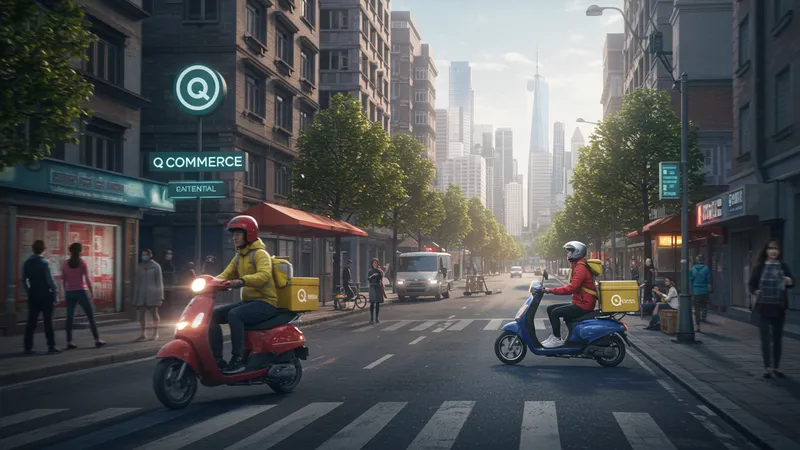
Many consumers are shifting away from weekly bulk shopping in favor of the agility Q-commerce offers. The ability to receive forgotten pantry staples, late-night snacks, or emergency household items in under an hour addresses immediate needs that traditional e-commerce cannot meet. This convenience is particularly suited to urban living, where access to a variety of products at a moment’s notice is increasingly valued. The prevalence of smartphones and digital payments further enables seamless ordering and delivery, reinforcing usage habits and customer loyalty.
Established retailers and new entrants alike are racing to develop infrastructure that supports swift fulfillment. Micro-fulfillment centers, strategically placed near dense populations, have become central to the quick commerce blueprint. These small warehouses house frequently ordered products and utilize automation or pickers to expedite packing. Pairing these centers with AI-driven demand forecasting helps minimize stockouts and ensures prompt shipping, all while keeping operational costs manageable.
Couriers are the lifeblood of quick commerce. The fastest platforms optimize routes in real time based on traffic, weather, and demand surges. Many services use electric bikes or scooters to navigate congested city streets efficiently. Some also experiment with dynamic pricing, offering incentives for high-demand periods or areas. These workforce innovations, coupled with robust training, keep service levels consistently high and ensure reliable, safe deliveries for customers.
Pricing strategies also play a crucial role in Q-commerce. While some companies implement small delivery fees, others offer subscription models for frequent users, tapping into customers’ willingness to pay for heightened convenience. However, balancing affordability with operational sustainability is an ongoing challenge, especially as competition intensifies and customer expectations continue to rise. Many platforms are increasingly transparent about service charges to foster trust and retention.
The acceleration of quick commerce is also fueled by strategic partnerships and tech integrations. Retailers, app developers, and logistics firms are forming alliances to pool resources, expand assortment, and broaden reach. As data analytics provide deeper insights into consumption habits and delivery patterns, these collaborations position Q-commerce players to be ever more responsive, efficient, and relevant. The deeper details reveal even more valuable insights ahead as we examine the driving forces and future potential of this retail revolution.
One of the central forces behind the growth of quick commerce is evolving consumer expectations. Today’s digital-native shoppers are accustomed to on-demand experiences in entertainment, travel, and services, and now crave that same immediacy for tangible goods. This shift is most evident in urban environments where time-starved consumers value convenience over traditional shopping routines. Businesses that align their strategies with these demands are better positioned for ongoing growth and customer retention.
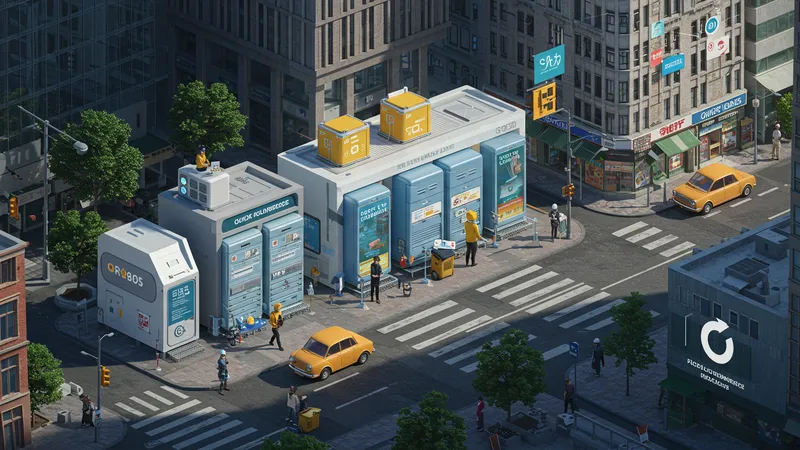
Technological advancements are at the heart of rapid Q-commerce scaling. Artificial intelligence and machine learning models predict order volume and optimize stock levels at micro-fulfillment centers. Real-time GPS tracking enables dynamic dispatching of couriers and better customer communication, reducing missed deliveries and idle time. These digital innovations allow platforms like Gorillas and Getir to maintain high service standards amid complex urban logistics.
Supply chain innovations play a critical role in quick commerce. Instead of relying solely on centralized warehouses, Q-commerce companies deploy a network of smaller distribution centers closer to customers. These centers stock high-frequency items and integrate with demand forecasting tools to minimize shortages. The agility provided by these micro-fulfillment hubs allows for near-instant restocking and fast dispatch—a significant advantage over traditional e-commerce logistics.
Competitive differentiation also shapes the sector. Companies like Instacart set themselves apart by broadening their assortment through partnerships with existing retailers, while Gorillas and Getir focus on speed and proprietary inventory control. As the field becomes more crowded, platforms innovate with features like real-time order tracking, sustainability pledges, and customizable user experiences to foster loyalty among demanding customers. Each adaptation is aimed at delivering added value in a marketplace where speed alone is no longer a sufficient differentiator.
The instantaneous nature of Q-commerce has redefined urban customer habits. In densely populated areas, residents gravitate toward smaller, more frequent purchases delivered straight to their doors, reducing the need for time-consuming trips to physical stores. This trend can be seen in apartment complexes and student housing, where shared access and security simplify delivery logistics. Platforms are responding by tailoring their offerings to these high-density markets, often customizing assortments by neighborhood.
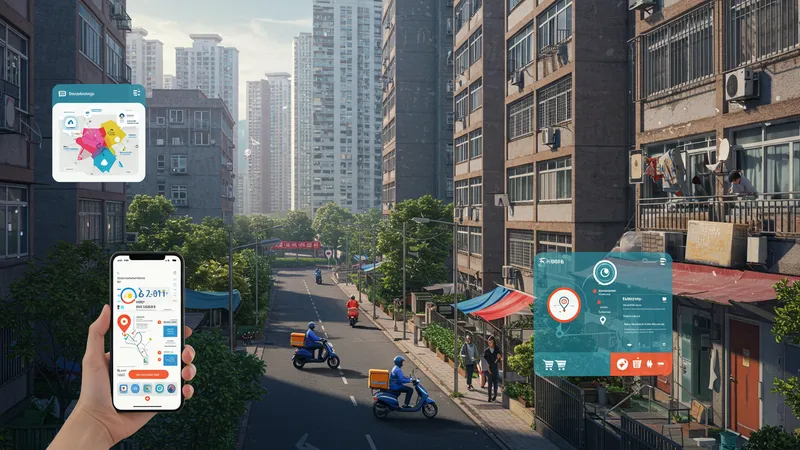
Consumers’ reliance on smartphones for shopping and delivery status monitoring further accelerates quick commerce adoption. Many users appreciate the ability to track couriers in real time, receive personalized product recommendations, and communicate directly with delivery personnel. This heightened engagement builds trust and prompts repeat purchases, anchoring Q-commerce as a staple in daily routines for a growing segment of the population.
However, quick commerce also raises questions about urban logistics and sustainability. Increased delivery volume may contribute to congestion and carbon emissions if not managed thoughtfully. Leading platforms are addressing these challenges by integrating electric vehicles, optimizing routes, and consolidating multiple orders when possible. These measures aim to balance consumer convenience with responsibility to local communities and the environment.
Social dynamics are transforming as well. For many, Q-commerce means more social time and less errand-running. The model fosters connections between local couriers and residents, with some platforms leveraging customer feedback to improve not just speed, but friendliness and service. These relationship-driven approaches further entrench Q-commerce as more than a fleeting trend—it’s becoming a dependable part of urban living.
At the core of Q-commerce success is an intricate web of fulfillment infrastructure. Micro-fulfillment centers are typically compact warehouses, highly automated or staffed with rapid pickers, positioned near customer hotspots. By operating within city limits, these hubs allow for short, efficient delivery routes, minimizing travel time and keeping per-order costs in check—key for sustaining profitability in a fast-moving sector.
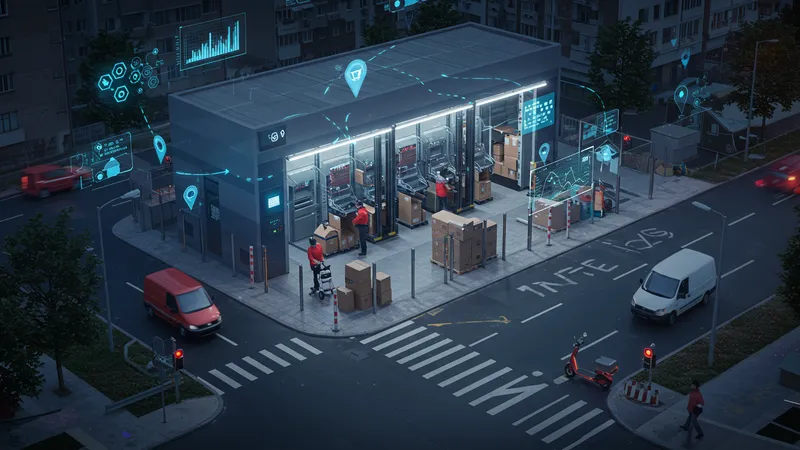
Impressive progress has been made in the integration of predictive analytics. Services like Gorillas forecast demand using real-time purchase data, seasonal patterns, and neighborhood events, enabling tight inventory control and dynamic allocation. This minimizes out-of-stock incidents and supports a wider product range, ensuring shoppers find what they need exactly when they need it.
App development is an equally important piece of the puzzle. User interfaces have been streamlined for instant ordering, one-touch payment, and live courier updates. Many platforms also use gamification—rewards, badges, or timed deals—to encourage frequent use and foster loyalty. These digital innovations make the overall experience feel effortless and engaging, reinforcing the value of the quick commerce promise.
Finally, courier management systems are essential for real-time operations. Intelligent dispatch platforms assign deliveries to couriers based on proximity, workload, and mode of transport, often integrating e-bikes or scooters for sustainability and agility. Fast onboarding and robust safety protocols further enable platforms to scale while maintaining high service levels—a non-negotiable in a market where a few minutes’ delay can be decisive to customer satisfaction.
With growing interest from venture capital and legacy retailers alike, quick commerce has rapidly shifted from experimental startups to an established competitive arena. Companies must invest heavily in branding, technology, and partnerships to stand out. Strategic alliances—such as Instacart partnering with major grocers—enable expansive product selections and shared delivery resources, turning potential rivals into collaborators.
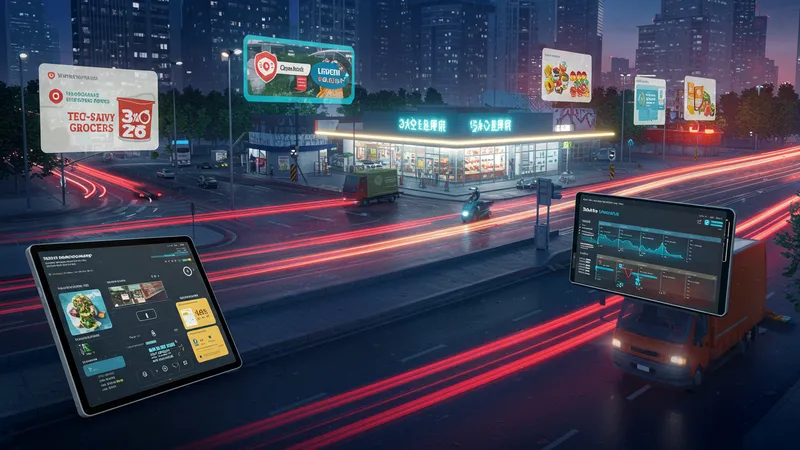
Profitability remains one of the industry’s toughest hurdles. Q-commerce models require high order velocity, efficient delivery, and minimal waste to counteract narrow margins. Subscription options and upselling premium time slots are among the tactics used to offset operational costs. Dynamic pricing, where users see fluctuating fees based on demand or delivery windows, is increasingly common as companies balance convenience with financial sustainability.
Industry insiders forecast continued refinement in both technology and service offerings. The next phase will likely feature greater personalization—smart apps suggesting products based on previous orders or time of day—and more sustainable practices, such as batch deliveries or zero-emission transport fleets. Regulatory adjustments may also shape how Q-commerce operates within cities, aligning service convenience with broader urban policy goals.
Looking ahead, Q-commerce is well-positioned to remain a transformative force within retail. As the lines between physical and digital commerce blur, the most adaptive platforms will be those that anticipate consumer needs, optimize logistics, and maintain strong relationships with both partners and customers. For anyone watching the retail space, Q-commerce signals not just a change in how goods move, but a deeper shift in modern lifestyles and urban ecosystems.